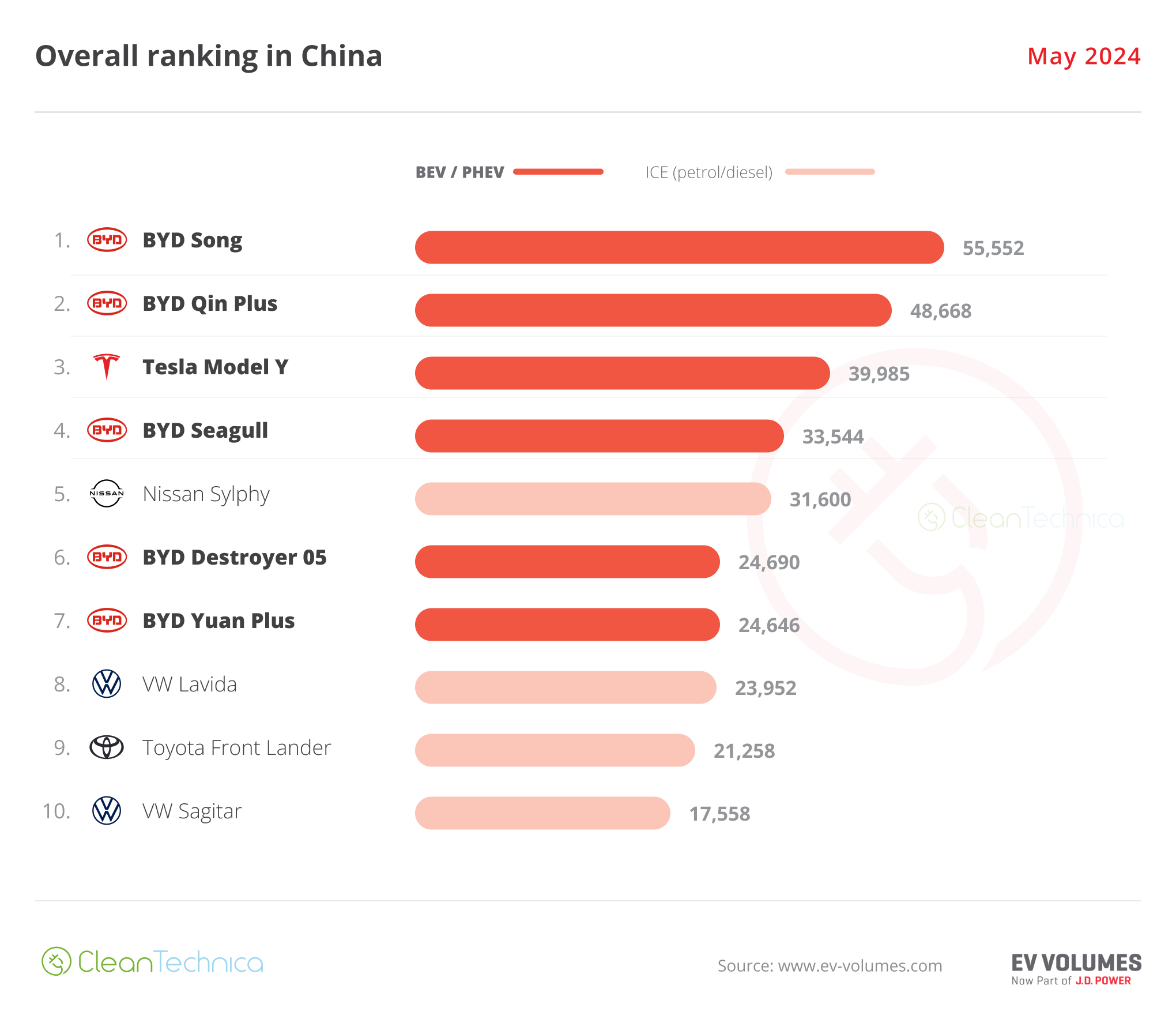
Restoring wind energy to the cargo shipping industry seemed pretty far-fetched just a few years ago, but the “hard sail” era is finally beginning to dawn and cargo shippers are already starting to put the ball in motion. They’ll have one more option to choose from if all goes according to plan for the UK startup GT Green Energy Technologies. The company is working on a space-saving twist that could give it the edge over the competition, with help from from an aerodynamics firm with a Formula 1 pedigree.
Wind Energy For Cargo Shippers, With A Formula 1 Twist
If people would only shop less and buy local, greenhouse gas emissions from the cargo shipping industry would drop like a rock. Since that’s not going to happen any time soon, the next best thing is to deploy emissions-reducing technology, and new hard sails are in the mix.
Last year, Green Technologies caught the eye of UK clean energy grant makers for its innovative hard sail, called the AirWing. That’s not to be confused with airborne sails, which are entirely different. The AirWing is a rigid wind energy harvesting device firmly attached to the deck.
“Initial research shows that the AirWing could reduce carbon emissions and fuel costs between 10% to 30% for retrofitted ships and up to 50% for new builds,” the agency Innovate UK enthuses. “The device will be capable of providing auxiliary power to a wide range of vessels, from small 20-metre boats up to large cargo carriers.”
In a summary of the project last updated in March, Innovate UK notes that Green Technologies earned £155,000 in funding to produce a two-phase feasibility and commercialization study of its AirWing20™ technology. Among partners in the project is the aerodynamics firm SABE Fluid Dynamics, which launched in 2019 and soon became known for its work in the Americas Cup sailing race.
SABE also has a strong foundation in Formula 1 aerodynamics through Green Technologies founder Gerson Garsed-Brand, who put in 10 years of work as a Formula 1 aerodynamicist. Also on board at SABE is Pete Rawcliffe, who worked with Garsed-Brand on the Caterham F1 Team and has held senior positions at Formula 1 and Aston Martin, among others.
Rounding out the Formula 1 connection is another Caterham alumnus, John Iley, who has also been tapped to lead aerodynamics for other Formula 1 teams.
How Does It Work?
All this aerodynamics is aimed at reducing the footprint of AirWing without sacrificing efficiency, the idea being to help elbow its way into the increasingly crowded field of maritime wind energy harvesting devices.
“The AirWing will stow down to a smaller deck footprint than competition and have much less impact on the operation of the vessel…Making it a more attractive option for retrofit vessels with cluttered deck layouts and limited space,” Green Technologies’s founder, George Thompson, told Innovate UK.
As for exactly how it works, that will remain a mystery unless somebody wants to look up their patent, which is pending. If you can find it, drop us a note in the comment thread. From the outside it appears to be a type of rotor sail, or not, as the case may be.
AirWing Wind Energy, Coming To Cargo Ships In 2024
Meanwhile, all seems to be going according to plan. Earlier this week, leading global certification firm Bureau Veritas let word drop that Green Technologies expects to deliver its first AirWing20 to a vessel next year. “Further news on a major partnership with a prominent shipowner for the inaugural installation of the AirWing20™ system is expected to be announced shortly by GT Green Technologies,” Bureau Veritas said.
Before the device can go on the market it needs to pass muster with the meticulous certification standards of the maritime industry. Bureau Veritas is tasked with providing Approval in Principle for AirWing20, which is a key milestone before the design is finalized.
“We recognize the innovative potential of GT Green Technologies’ AirWing20™ system,” Bureau Veritas explains. “The classification process is an important step in the technical validation of this solution to address compliance with applicable class rules, notations and other regulations, and helps to pave the way for the next phases of development.”
More Renewable Energy For Cargo Ships: There Goes Texas, Again
Another key partner in GT Technologies’s plans for maritime wind energy is the Houston, Texas, maritime fuel specialist Pei Tech.
That’s of interest because Texas is an epicenter of the fossil energy industry. Naturally enough it is also the home base of Republican officials opposed to ESG (environment, social, governance) investing.
Apparently the renewable energy industry did not get the memo. Texas is a perennial wind energy leader, it’s closing in on the #1 spot for solar energy, and innovators in the emerging fields of green hydrogen and long duration energy storage are among those staking out ground in the state.
Pei Tech’s partnership with GT Technologies has added maritime wind energy to the mix. “As the maritime industry moves towards a greener future, we are pleased to move into the wind propulsion sector as part of the GT Green Technologies team,” Pei Tech managing director Steven Putnam stated in a press release last year.
“In combining our sustainable fuel treatment and global biofuel bunkering technologies along with wind propulsion, PEI is now able to provide a complete hybrid solution to our global maritime clientele for transitioning to meet new standards as the industry pushes to lower emission standards on the path to a zero-carbon future,” he added.
Pei Tech has also partnered with the Swiss firm Aderco Smart Solutions, which has a US branch that makes bio-based additives aimed at increasing fuel efficiency. “Aderco’s environmentally-friendly fuel additives, including fuel conditioners and lubricity improvers are 100% vegetal-organic, ashless and metal-free and designed to solve fuel related issues before, during and after combustion for any type of residual, hybrid or distillate fuels, including VLSFO, ultra-low sulfur MGO and biofuels,” Pei Tech explains.

What’s Next For Maritime Wind Energy
The maritime wind energy field seems set to take off, with Texas firmly in tow. Elsewhere around the cargo shipping world, the hard sail movement is beginning to gather steam as the industry coalesces around a maritime standard called the Energy Efficiency Design Index. The EEXI energy efficiency standard for existing ships is also much on the mind of the shipping industry.
Among the hard sail players to cross the CleanTechnica radar most recently are Cargill and Odjfell. We’re also following Sea-Cargo and Sumimoto, and the global logistics firm CLdN among others.
Another interesting variation on maritime wind energy is happening in Japan, where the Wind Challenger project involves a telescopic hard sail design, so stay tuned for more on that.
Follow tinamcasey on Bluesky, Threads, Post, LinkedIn, and Spoutible.
Image: Compact hard sails for harvesting wind energy at sea courtesy of GT Green Energy Technologies.
I don’t like paywalls. You don’t like paywalls. Who likes paywalls? Here at CleanTechnica, we implemented a limited paywall for a while, but it always felt wrong — and it was always tough to decide what we should put behind there. In theory, your most exclusive and best content goes behind a paywall. But then fewer people read it! We just don’t like paywalls, and so we’ve decided to ditch ours. Unfortunately, the media business is still a tough, cut-throat business with tiny margins. It’s a never-ending Olympic challenge to stay above water or even perhaps — gasp — grow. So …




